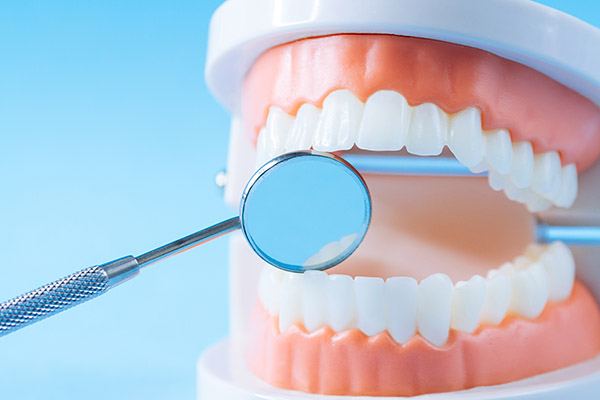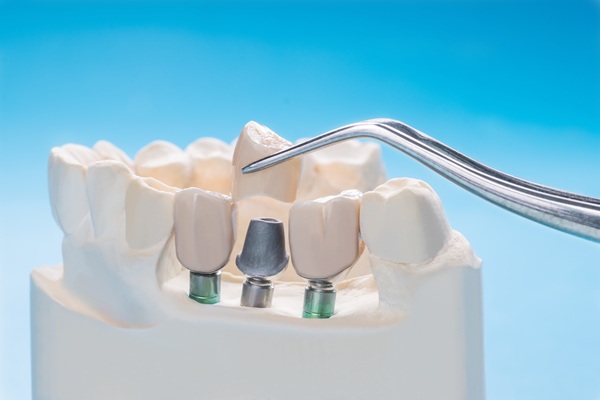 Your periodontist will recommend periodontal maintenance during your routine dental checks. Bacteria tend to stay either below or above the gumline. These colonies cause gum irritation and inflammation. Preventing this type of infection is the main goal of dental cleanings. If you want to know more about gum maintenance, here are some details from a periodontist.
Your periodontist will recommend periodontal maintenance during your routine dental checks. Bacteria tend to stay either below or above the gumline. These colonies cause gum irritation and inflammation. Preventing this type of infection is the main goal of dental cleanings. If you want to know more about gum maintenance, here are some details from a periodontist.
Why a person must have a regular periodontal maintenance
Keeping teeth and gums healthy is the main goal of gum maintenance. It is a form of preventive treatment to stop gum disease from worsening. A periodontist would recommend it during every routine dental checkup. This procedure provides patients with many benefits, including:
Aesthetics and fresh breath
Stained teeth are not good to look at. A person with yellow teeth often finds it difficult to socialize and establish a good self-image. Routine dental visits include professional dental cleaning. Gum maintenance can bring back the healthy appearance of teeth.
The periodontal disease becomes evident with constant bad breath. This condition indicates decomposing food below the patient’s gumline. There may also be gum problems or potential gangrene. Consistent teeth cleaning can freshen breath. It removes bacteria, plaque, and tartar to remove bad odor.
Removal of dental calculus
Plaque buildup results in the formation of tartar or dental calculus. This can happen below or above the gumline. Brushing and flossing cannot remove the bacteria and food particles from gum pockets. A periodontist will use a specific dental tool to treat plaque and tartar buildup.
Supragingival and subgingival cleaning
A periodontist performs these two kinds of cleaning during gum maintenance. Supragingival cleaning involves cleaning above the gumline. The dentist will use scaling tools to remove calculus and plaque. Subgingival cleaning is an important step in battling periodontal disease.
Root planing and scaling
This combination is an effective way to treat periodontitis. A periodontist will clean between the teeth and gums. He or she can move the cleaning to the tooth roots using ultrasonic tools. This is a more comfortable periodontal maintenance. The dentist may also use antibiotic fibers and place them in the patient’s dental pockets. The patient may also take prescribed antibiotics.
Regular dental cleaning and periodontal maintenance
Regular dental cleaning is the same as professional dental cleaning. This is a method of preventing oral infections. These dental cleanings concentrate on the removal of irritants and plaque from teeth and gums. The periodontist will floss and polish each tooth to do this. Regular dental cleaning is part of a routine dental checkup.
This type of dental cleaning helps keep a smile healthy. It can also prevent gum disease. Regular dental cleaning can prevent bone loss and tooth loss. This removes any visible staining on the teeth as well.
Periodontal maintenance is for patients with periodontal disease. It may also be for those who had a periodontal procedure. This type of cleaning is deeper, targeting periodontal pockets. Gum maintenance removes tartar and plaque from the space between gums and teeth.
Your periodontist can help answer any questions about periodontal maintenance
Preventing the worsening of periodontitis is crucial in preventing tooth loss. For this, a deeper kind of cleaning can help maintain the patient’s oral health. This type of thorough cleaning can happen during your routine dental checks. You can ask your periodontist for more details on periodontal maintenance before you have one.
Request an appointment or call Brighton Periodontal & Implant Dental Group at 818-703-7733 for an appointment in our Woodland Hills office.
Recent Posts
People who are seeking healthy gums but are dealing with challenges with gingivitis can see an expert periodontist, a dental professional who has studied the structures that support the teeth. These include the gums, the jawbone itself, and the ligaments that help hold the teeth in place.Periodontists are trained dentists who focus their attention on…
Periodontics focuses on gum health. Keeping your gums healthy is the main goal of every treatment. Detecting any problem early leads to early treatment. You can also do your part in caring for your gums. Here are some tips from dental professionals who work in periodontics on how to have healthier gums.Bad bacteria in the…
When we go to the dentist or periodontist, one of the last things that we expect to hear is that we need gum recession treatment. However, gum recession happens to many people for many reasons. When it does happen, it is important to get it treated properly as soon as possible to avoid further damage.…


